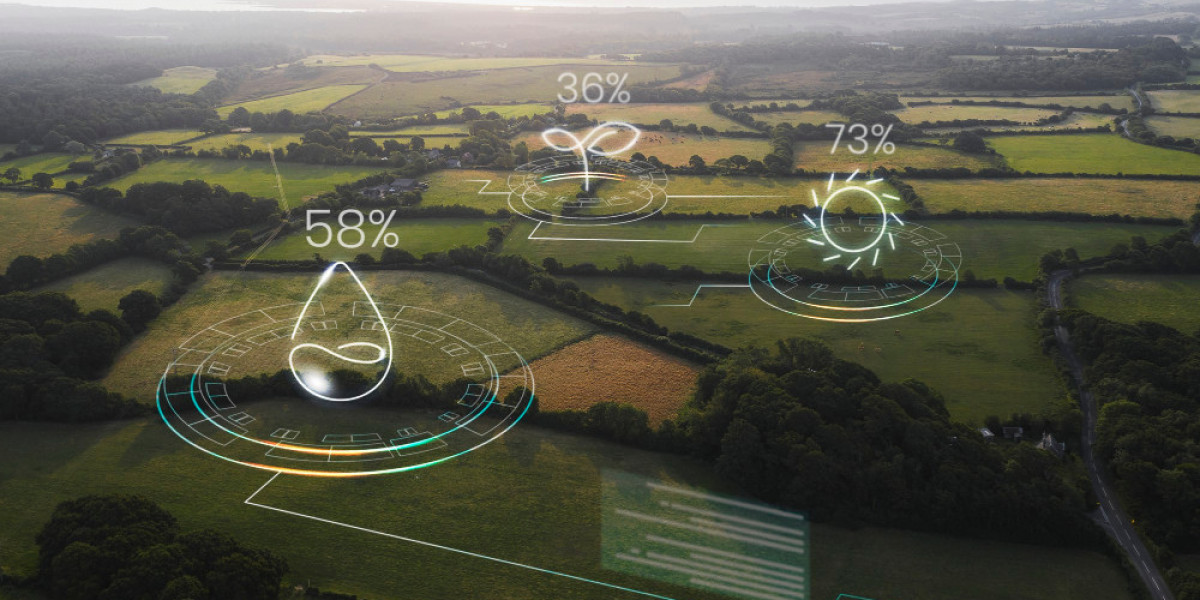As water scarcity and environmental concerns grow globally, the need for efficient water management systems has never been more urgent. Traditional methods of monitoring and managing water resources are often manual, error-prone, and reactive. Fortunately, technology offers a transformative solution: IoT-based smart water monitoring systems.
By integrating sensors, cloud computing, and real-time analytics, IoT-based smart water management systems are revolutionizing how water is monitored, conserved, and utilized. In this blog post, we’ll explore the top seven benefits of using IoT for smart water monitoring systems, and why governments, industries, and communities are rapidly adopting this intelligent approach.
1. Real-Time Data Collection and Monitoring
IoT-based smart water monitoring systems excel at delivering real-time insights through continuous data acquisition. Using connected sensors and devices, these systems continuously collect data on water flow, pressure, quality, and usage patterns.
This real-time visibility enables faster detection of anomalies such as leaks, overuse, or contamination. For example, if a pipeline experiences a sudden pressure drop, the system immediately notifies the operator, reducing the response time and preventing water loss.
Real-time monitoring also allows for better decision-making by providing actionable insights at every stage of the water management system.
2. Leak Detection and Loss Prevention
IoT-based smart water management systems use sensors to detect even the smallest leaks in pipes, tanks, or valves. These sensors communicate anomalies instantly to a central dashboard, allowing operators to address issues before they escalate.
Preventing leaks not only saves water but also reduces the energy costs involved in pumping and treating lost water, leading to more sustainable operations.
3. Improved Water Quality Monitoring
Water quality is just as important as quantity. Traditional testing methods often involve periodic manual sampling, which may miss sudden contamination events.
IoT sensors are capable of continuously tracking essential water quality parameters like pH, turbidity, temperature, conductivity, and dissolved oxygen. These water monitoring systems can automatically trigger alerts when contamination is detected, ensuring faster corrective actions.
This is particularly valuable for municipal water supplies, agricultural irrigation, and industrial processes where water quality directly impacts health and safety.
4. Data-Driven Decision Making
A major strength of IoT-based smart water monitoring systems is their ability to collect vast amounts of data and analyze it through AI and machine learning algorithms.
This enables predictive analytics, trend identification, and long-term planning. For instance, the system can forecast seasonal water demand, identify overuse patterns, or recommend irrigation schedules based on soil moisture levels and weather forecasts.
By transforming raw data into meaningful insights, organizations can make better strategic decisions and optimize their entire water management system.
5. Remote Accessibility and Control
With IoT, managing water infrastructure no longer requires physical presence. Operators can access the entire water monitoring system remotely via smartphones, tablets, or desktop dashboards.
Whether you're a farmer monitoring irrigation from miles away or a municipal authority overseeing multiple pumping stations, remote control reduces operational overhead and improves responsiveness.
In remote or rural areas with limited manpower, this benefit becomes even more critical, enabling efficient management with fewer resources.
6. Cost Savings and Resource Optimization
Investing in IoT-based smart water management systems may seem like a large upfront expense, but the long-term cost savings are substantial.
These systems reduce water wastage, energy consumption, and labor costs by automating tasks that were previously manual. They also minimize the need for emergency repairs by predicting and preventing issues in advance.
In agriculture, optimized irrigation leads to better crop yields with less water. In industries, precise usage tracking ensures compliance with regulations while reducing utility bills. The result is a more sustainable, cost-effective approach to managing water resources.
7. Scalability and Integration with Other Smart Systems
Another major strength of IoT-based smart water monitoring systems lies in their ability to scale effortlessly with growing needs. As needs evolve, additional sensors, devices, or modules can be easily integrated into the existing infrastructure.
Moreover, these systems can seamlessly integrate with other smart city or industrial systems - such as smart energy grids, weather stations, or SCADA systems - for holistic environmental management.
This level of integration paves the way for sustainable cities and smarter industries where all critical resources are monitored and managed cohesively.
Final Thoughts
Water is a finite and precious resource, and managing it intelligently is no longer optional - it's essential. IoT-based smart water monitoring systems offer the tools and technologies needed to tackle modern water challenges efficiently and sustainably.
Whether you're managing a city's water supply, running a manufacturing plant, or irrigating farmland, embracing IoT for water monitoring systems is a decision that pays off in savings, sustainability, and resilience.














